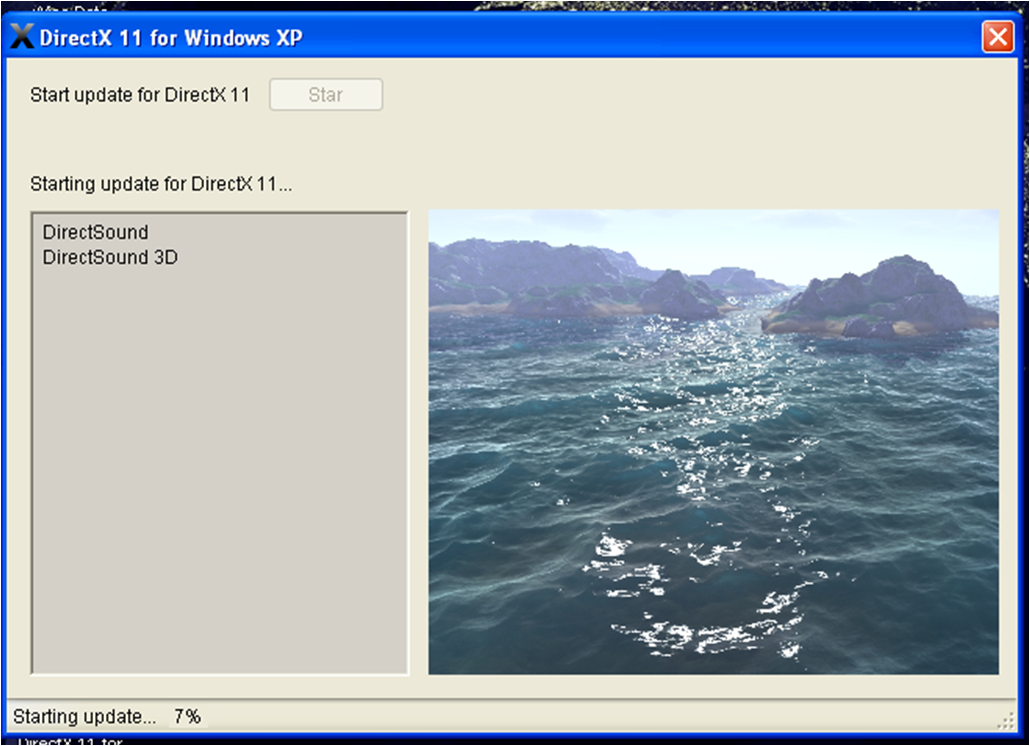

This is in addition to other uses, such as the Xbox One. This is because Windows remains the most popular operating system on computer desktops.

With its pros and cons, downloading DirectX has since become the most common option. The advantages of its interface were a more efficient use of hardware, a standard multi-platform royalty-free API and no restriction to a single operating system, as was the case with DirectX and Windows. However, there were competitors such as OpenGL, which earned a good reputation. Although it got off to a slow start, the popularity of downloading DirectX began increasing. Thus, in June 1996 the first version of DirectX was born, available for Windows 95 and NT 4.0. See DirectX 12, GDI, video accelerator and DirectSound.But always quick to detect the needs of the user, Microsoft found a way to offer game developers a tool for direct access to hardware resources in Windows. Look under System Information for the DirectX Version number. To determine which version of DirectX is installed in your PC, select Run from the Start menu, type in dxdiag and click OK. Through the Hardware Emulation Layer (HEL), DirectX is capable of emulating graphics functions in software that are not built into the graphics card. When DirectX was introduced, vendors quickly developed drivers that exposed low-level functions of their graphics hardware to the application. To obtain the speed, gaming companies had to write drivers for a variety of graphics cards, which was a development headache.ĭirectX provides the interface to access the frame buffer and advanced features of the graphics card, which are not provided in the standard Windows GDI graphics interface. Before DirectX, games for the PC were written in DOS in order to redraw the screen fast enough for real-time animation. The first DirectX API was introduced in late 1995 to encourage game developers to move their software to Windows.

DirectX provides a high-level interface for accessing low-level functions "directly." It accesses the hardware abstraction layer in Windows (see HAL). Windows developers program to the DirectX APIs, and the manufacturers of sound and graphics cards write DirectX drivers to be included with their hardware. This article is provided by FOLDOC - Free Online Dictionary of Computing ( ) DirectXA set of Windows interfaces from Microsoft for programming graphics and sound.


 0 kommentar(er)
0 kommentar(er)
